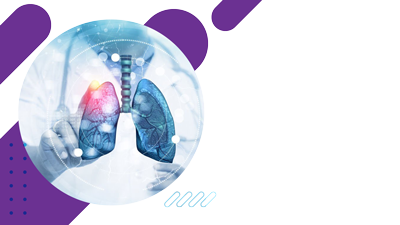Asthma is a disorder in which the airways swell and narrow, causing excess mucus to be produced. This may make breathing challenging and cause coughing, wheezing when you exhale, and shortened breaths. Asthma can be a minor inconvenience for some people. Whereas the others may experience a serious issue that hinders daily activities and could result in a potentially fatal asthma attack. Asthma is a type of respiratory disease.
A condition that affects the respiratory system including the lungs and other organs is called a respiratory disease. Infections, cigarette usage, secondhand smoke, asbestos, radon, and other types of air pollution can all lead to respiratory illnesses. chronic obstructive pulmonary disease (COPD), pulmonary fibrosis, pneumonia, and lung cancer are examples of respiratory ailments. also known as pulmonary disease and lung disorder.
There are various types of asthma:
Symptoms of Asthma vary from person to person and the type of asthma they suffer from. However, there are some common symptoms of Asthma:
Here are some common symptoms which will help you identify a respiratory disease:
Your doctor will go through your medical background, including details about your family. You’ll be questioned by your doctor about your symptoms as well. Any history of allergies, eczema (an itchy rash brought on by allergies), or other lung conditions must be disclosed to your healthcare professional.
Your doctor might ask for spirometry. This test gauges how well your lungs are working and is used to both diagnose and track your recovery. A skin test, blood test, or chest X-ray may be prescribed by your doctor.
In addition to a physical examination, your doctor will examine your medical and family history. He or she will enquire about your smoking habits, any childhood illnesses you may have had, such as asthma, any risk factors, and specifics concerning the onset and severity of your symptoms. Some of the physical examinations and tests include X-rays, CT scans, pulmonary function tests, standard and specialized PFTs, pulse oximetry, arterial blood gas, bronchoscopy, cancer screening, etc.
Asthma currently has no known cure; however, medication can help manage the symptoms so you can lead a regular, active life. The major form of treatment is inhalers including different types of inhalers including reliever inhalers, prevention inhalers, and combination inhalers, which are tools that allow you to breathe in medication. If your asthma is severe, you could also need tablets and other therapies. Typically, a doctor or asthma nurse will help you develop a personal action plan. This contains details on your medications, how to keep an eye on your health, and what to do in the event of an asthma attack.
If your doctor diagnoses you with asthma, you must identify the causes of attacks. You may be able to prevent an attack by avoiding the triggers. However, you cannot stop yourself from developing asthma.
Cigarette smoking is the primary factor in respiratory illnesses all over the world. Therefore, quitting smoking is crucial. Today’s world has a serious problem with air pollution, so wearing a face mask is also highly advised. Some patients’ exposure to colds or eating certain foods may set off an asthma attack. For those patients, it is advised to stay away from these circumstances for this reason. There are various vaccines created to prevent respiratory conditions, it is important to vaccinate babies and children from time to time to avoid future inconveniences.
